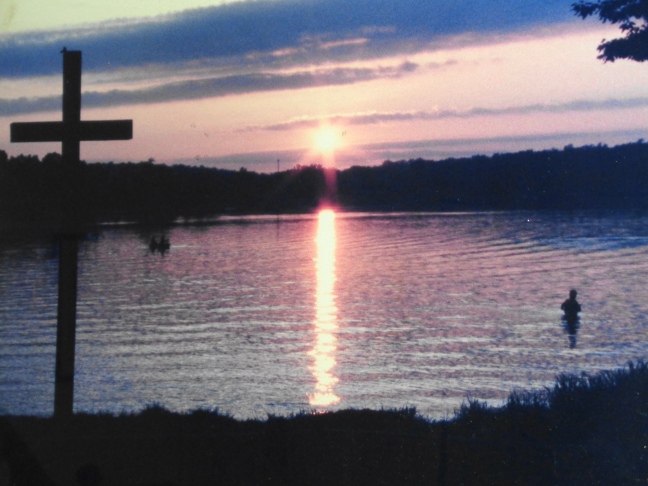For the safety and comfort of our members, visitors, and staff, the following public health measures recommended by the CDC are in place to help prevent the spread of COVID-19:
Face coverings are required indoors for all guests who are not yet fully vaccinated* against COVID-19
Face coverings are no longer required for guests who are fully vaccinated*
Face coverings are not required outdoors for guests regardless of vaccination status
These same face covering policies apply to all staff members and third-party vendors
*Per CDC guidelines, a person is considered fully vaccinated 2 weeks after receiving the 1-dose Johnson & Johnson vaccine or 2 weeks following the second dose of the 2-dose Pfizer and Moderna vaccines.
Notices like this one have surfaced in many public venues. I lifted these “COVID-19 Guidelines” off of the home page of Holden Arboretum in Kirtland, Ohio, east of Cleveland. My wife and I visited there over the weekend. (It’s a beautiful place, if you’re nearby. The photos with this blog were taken there.)
The notice includes one huge assumption: Those who are not vaccinated will continue wearing masks, on the honor system.
Yeah, right. I don’t have to tell you how likely that is.
Trust is gone
About half the visitors to the arboretum gift shop wore masks while we were there. I didn’t ask any of the maskless whether they were vaccinated – I know better. They ranged from a preteen with his dad (neither wearing a mask) to three female senior citizens, one with a cane.
My point: We cannot trust people to follow the rules.
Sorry to offer such a downer when the pandemic seems to be easing. I sincerely hope we are beyond the worst of it.
But those who have refused to follow the rules since the beginning of the pandemic (and they are legion) see the new rules as liberating, despite the fact – yes, fact – that the new rules don’t apply to them.
Unvaccinated individuals still are “required” to wear face coverings indoors in many places.
For example, I wish Annie Black was an anomaly, but she’s not. The Nevada state legislator was stripped of her voting and speaking privileges last week after an anti-mask protest that violated the CDC (Centers for Disease Control and Prevention) guidelines. She refused to say whether she has been vaccinated.
“Trust me, this ain’t over,” she wrote in a newsletter to her followers on Thursday.
“I will not back down,” she tweeted on Friday.
COVID-related orders ending June 2
Sports stadiums soon will fill all their seats, with masks – and, obviously, social distancing – no longer required. The state of Ohio will drop all COVID-related health orders on June 2, meaning venues such as 35,000-seat Progressive Field, home of the Cleveland Indians, can fill all of those seats all summer.
I’m not ready to attend a Major League Baseball game just yet. I’m not convinced all 35,000 people are COVID-free. I hope we are beyond the stage where another surge is possible, but we’ll see.
Many of the people wearing masks in public now are vaccinated, like I am, I’ll wager – but again, I’m not asking. I don’t want to start a fight.
I am fully vaccinated, so the CDC guidelines are more about principle to me.

At least some people without masks are not vaccinated.
I don’t trust you. Not at all. You are more concerned with your personal “freedom” than you are with the health of the nation.
I hope I’m overstating this, and that I’m speaking to only a few of you.
But if you had followed the rules a year ago, the pandemic would be long over by now. Of that I am convinced.
Face coverings still in style
I am not the only vaccinated individual who will continue to wear a mask at times. Dr. Rochelle Walensky, director of the CDC, said there’s “no shame, no problem” for vaccinated individuals to continue wearing masks.
Will I wear one past June 2? I don’t know. In crowded public places, I probably will. Will I in the grocery store? Maybe. I’ll keep a mask in my pocket, for sure, and will put it on if I feel uncomfortable.
Masks proved effective in virtually eliminating the flu season last winter. I’ve heard a few of my friends say they will wear masks next winter for that reason, even if the COVID pandemic is history by then.
Avoiding airborne toxins
Smoking tobacco products has been taboo for many years. Why? We don’t like breathing in toxins from other people.
We can see cigarette smoke. We can’t see a toxic virus.
Is that the difference?
Smoking, of course, is not illegal – and I’m not saying it should be. But it is banned in most public indoor spaces. For good reason.
If those public indoor spaces require a mask for basically the same reason – to prevent the spread of toxins that can sicken us or worse – then we should honor that requirement, even if it’s not state law.
If you want to smoke, go elsewhere. If you refuse to wear a mask, shop elsewhere. You already do the first thing; it’s time to do the second thing.

If the pandemic is on its last legs, that’s because many of us now are vaccinated. To encourage even more people to sign up, our governor has instituted a $1 million lottery to encourage adults to get vaccinated, and four-year college scholarships to encourage young people to sign up. It seems to be working.
If the state instead offered, say, 10 prizes of $100,000 each or 100 prizes of $10,000 each, then the lottery would see more winners. But we like big numbers, don’t we – even though the odds of winning drop dramatically. Gov. Mike DeWine was right to institute one big prize, because that’s what draws us in. That’s what gets the headlines.
If that’s what it takes to get us over the hump vaccination-wise, then it’s a smart move.
COVID is still out there. My parents live in a senior living facility in Bloomfield Hills, Michigan, and, according to its most recent newsletter, every resident there has been vaccinated. Still, last week a staff member was diagnosed with COVID.
The newsletter then makes this statement:
Please see this as a reminder that COVID 19 is still active in the area. We need your cooperation.
It’s not over. I’m not ready to attend a baseball game with 35,000 people just yet.
I understand that life involves risk. But there’s no point in risking my life when I don’t have to.








